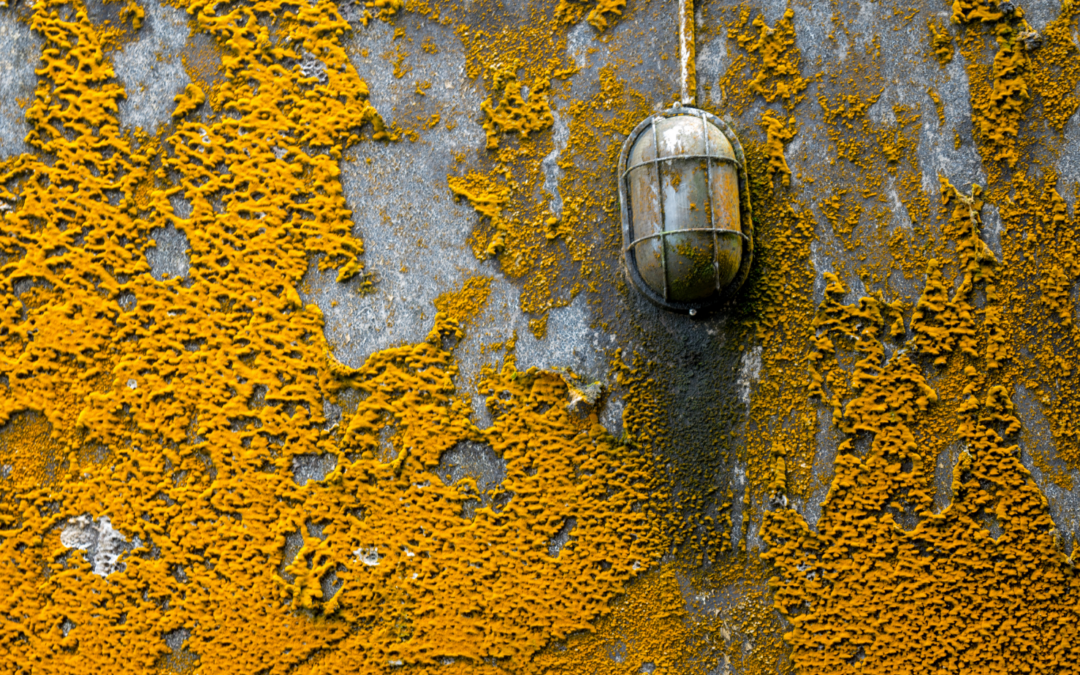Let’s start with a riddle: What is something that already exists everywhere in our natural world, but no one wants to EVER find in their property or home?
If you guessed MOLD – you guessed correctly. Mold is a naturally occurring fungi that grows on organic material. In order to grow, mold needs food sources, which can include unwanted moisture, high humidity, and a lack of airflow. Mold is considered ubiquitous (found everywhere), however elevated levels of mold in an indoor environment can be harmful.
In an effort to be proactive and provide advice on avoiding mold in the first place – we polled our restoration teams and compiled some of the industry standards on what to do to avoid mold growth:
- Conduct routine maintenance walk throughs to inspect areas surrounding HVAC systems, plumbing systems, sinks and hoses.
- Increase circulation and ensure HVAC systems are in use during scorching summer months.
- QUICKLY address water damage complaints.
- Reduce clutter to allow air flow and limit some of the food sources for mold growth.
- Address foundation cracks or problems as quickly as possible.
- Keep indoor humidity levels at/around 50%.
Now…. IF the unfortunate does happen, and you discover mold either in your home or a property that you manage, DON’T PANIC! Here are some tips and recommendations to help guide as you respond to a mold loss:
- Ensure the source of the water intrusion has been corrected.
- Try to block or “wall off” the area affected by setting up containment. Use plastic sheeting and tape to contain the room or area where you see mold growth, so the spores do not spread throughout other unaffected areas within the space.
- Decide if you are going to handle the mold remediation work in house, or if you will call a professional.
- If handling in house, make sure you have mold remediation guidelines in place, and you have established which industry criteria you will be following.
- Document, document, document! Documentation can make or break a mold liability case, so make sure your team has the knowledge and resources to document with photos, source notes, existing conditions, etc.
- If you are hiring a contractor to handle the mold remediation, make sure they have the appropriate state licensure (where applicable) and trained employees to do mold remediation.
- Ensure that the industry recommended PPE (personal protective equipment) is worn by your staff when in and around the contaminated area.
- Determine if an Industrial or Environmental Hygienist firm should be involved to provide mold testing.
If you are still nervous about how your team would manage mold on your property, let us know! We have a training session and a planning guide to help you get the conversation started. Contact SecureCore by clicking HERE.

